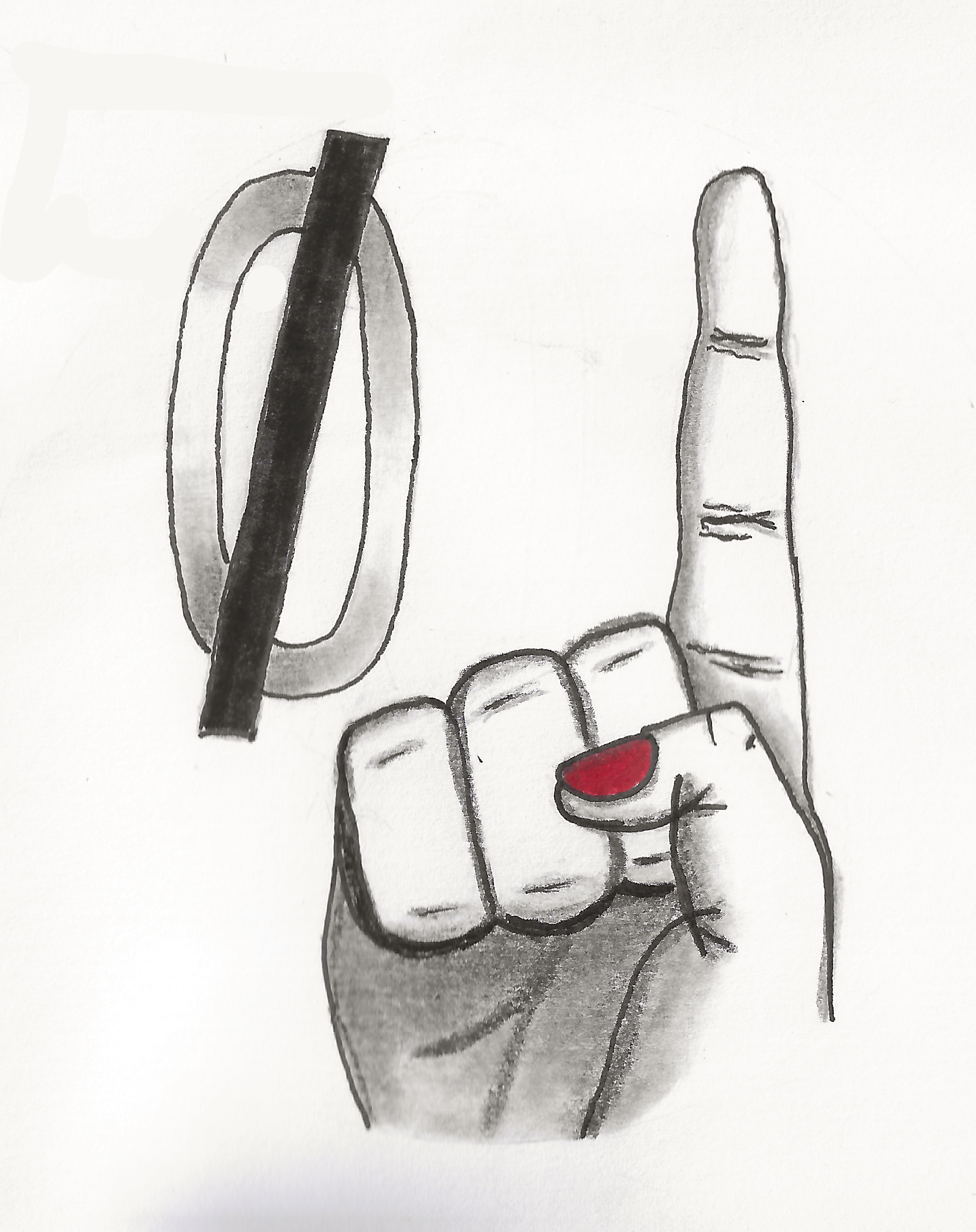

May??? They’ve been targeting them for years!


May??? They’ve been targeting them for years!


If it didn’t repel Orban out of office, it still needs some improvement.


“This is ICE! Round up all your undocumented day laborers”
“Sir, I’m too busy for that right now. If you and your men can help me pick all these tomatoes, I’ll have time to tell you where they’re all hiding.”
— 8 hours later —
“Thanks for helping get all the produce in. As you can see, we no longer have any undocumented day laborers, so now we depend on regular ICE raids to keep the farm going. Have a nice day!”


These four North Koreans remain at large, and the ‘Rewards for Justice’ program has announced $5,000,0000 in rewards for credible information about their current location.
Wow… so PRK can make just as much by saying “here they are, at an office in Pyongyang!” as they made via this entire 5-year scheme.


And those who win in court… have no guarantee that the federal administration won’t round them up again in the future and put them through the entire process again.


Isn’t that headline backwards? Isn’t it Moscow saying Russia has occupied the region?


And the point here is to flood the space. If everyone is talking about the gossip 100% of the time, nobody has spare cycles to pay attention to what’s actually happening.


That’s partly because unlike Democrats, he’s actually speaking out and taking a contrarian stance on topics.
When he thought he could work with Trump, he went all-in. Now that he realizes that two narcissists will always have conflicting goals, he’s all-in on fighting Trump.
The Democrats, on the other hand, have mostly spent this time saying “let’s discuss working together to come to an agreeable compromise” while doing not much that’s actually useful one way or the other.
Elon may be politically inept and only looking out for his own interests, but he does know how to grab the public’s attention and how to force people to act.


All religions, or just officially recognized ones?
Because there’s plenty of modern religions out there that claim to be anti-religion. Groupthink hiding behind ideologies that are fine in and of themselves, but twisted to keep people in line.
The problem isn’t religion; it’s people.


Bridge mode disables the router in the modem; if you have an admin account on the modem you should be able to enable it yourself; otherwise you need to get your ISP to enable it. It will turn off all the firewall and WiFi features on the modem.


You need to use their modem quite often, but you don’t need to use their router. They’re usually “all in one” modem/router things these days, but they’re legally required to provide you with a modem in bridge mode if you ask — at that point, an Ethernet cable attached to their modem is effectively attached to the Internet, and you can put your own hardware inside (firewall, Wifi router, etc.).
While you need to connect to their IP gateway, you don’t need to use their DNS services or anything but their IP gateway service.


It doesn’t really matter… the data is managed by a third party in another country. I have no real control over who gets access to it, intentionally or otherwise. Better that the data just doesn’t exist in the first place.


Well yeah. That’s what their tech does. And it’s why I have my ISP’s WiFi offering disabled and the antennas removed and run their router in bridged mode, hooked up to equipment I own that doesn’t call out to the Internet.


Can’t say I’ve ever seen that “transition or death” argument where I live; it’s been “transition or life of misery.” I can see how in places that have been pushing transition as soon as puberty hits this could be a thing… but most people are compassionate enough that they just want to help mitigate unneeded suffering.
Classic case of crossed signals; that type of misinterpretation doesn’t really care about your political leanings; everyone is susceptible.


“This guy” is likely going to be mayor of New York, joining the likes of Ed Koch, Rudy Giuliani, Michael Bloomberg and Eric Adams.
As such, he’s making headlines everywhere, although the spin is all over the map.


I figure this is why Musk had so many kids; he can divide up his wealth “in trust” between all of them, with himself as the eternal executor.


Just remember to keep stuff cycling; batteries need charging, iodine tablets need replacing, and even the food and water need regular refreshing.
There are very few goods that don’t go bad if left unattended for over 3 years, for instance.


Remember that fingerprinting can be your friend… because it’s much easier to fake an online fingerprint than a real one.
You can generate a unique fingerprint with each online interaction; this means that you will always have a unique identity.
Or, you can ensure you always have the same fingerprint as a large number of other people.
Think of it as the difference between using a different valid loyalty card each time you shop vs using one of the famous numbers that millions of other people are also using.
Of course, in both circumstances, you do give up the benefits of being uniquely identifiable.


My mother goes by mum or grannie, but my wife goes my mom, pronounced “mum”.
That’s because “mom” is a shortening of “mother” which is what she is, but “mum” is a shortening of “ma’am” which is a shortening of “madame” which means “my lady” and is what you call someone of a higher social class than you. And she wanted to get as far away from class hierarchy in the house as possible.
They’re both generally “my mother” when spoken of in the third person by me or my kids.
Or maybe Putin.